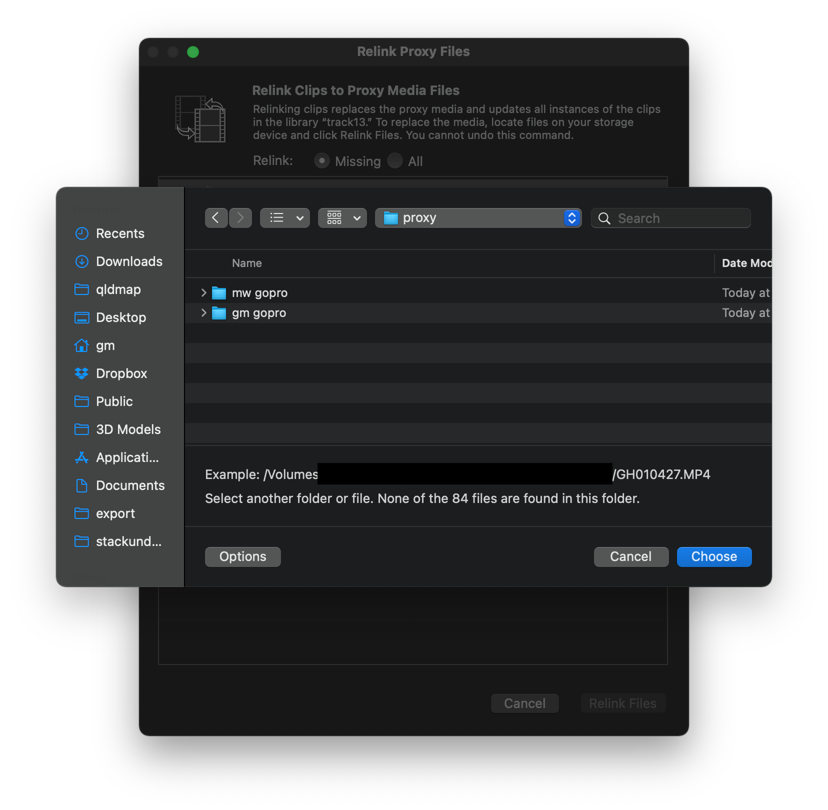
So here in this post, I will introduce 31 most commonly used FFmpeg commands with examples to perform various tasks like converting media formats, trimming videos, extracting audio/video streams, etc. You will need to type commands with your keyboard to transcode multimedia files and streams. It packs many encoders and decoders, making it powerful enough to support almost all common and uncommon multimedia formats.įFmpeg comes with a learning curve especially if you are new to a command line tool. Note – you must specify the -framerate as the first argument of the FFmpeg command or it will not work.FFmpeg is a free and open-source command line-based tool to handle video, audio, and other multimedia files. Typically for slideshows, you will want a slow framerate of maybe 0.1fps.įfmpeg -framerate 0.1 -i %d.jpg output.mp4 You can reduce or increase this value using the -framerate flag. This is because the default framerate for FFmpeg is 25fps. You will notice that the image sequence in your output video moves super fast. Replace 720 with the height in pixels that the video should be. If you get an error saying height not divisible by 2, scale the output like this to fix the problem: You can tell FFmpeg to start counting at a number other than 0 using the -start_number flag like this:įfmpeg -start_number 3 -i %d.jpg output.mp4

The default behaviour of FFmpeg is to start at 0 and continue counting up until no more files are found when it is given a placeholder number. In the FFmpeg command, specify the input file as %d.jpg followed by the name of the output file. Now move to the image-sequence directory in the terminal:


 0 kommentar(er)
0 kommentar(er)
